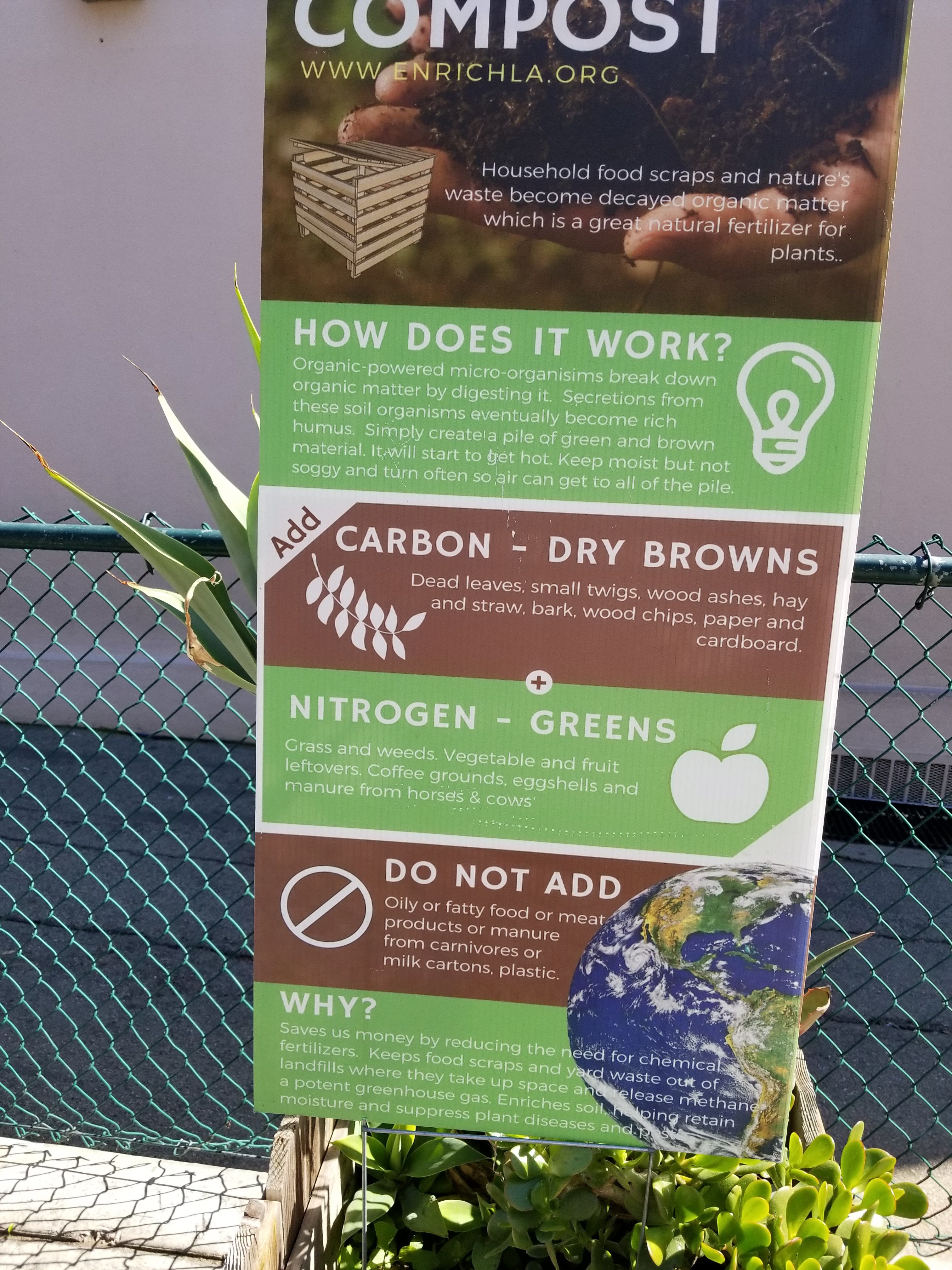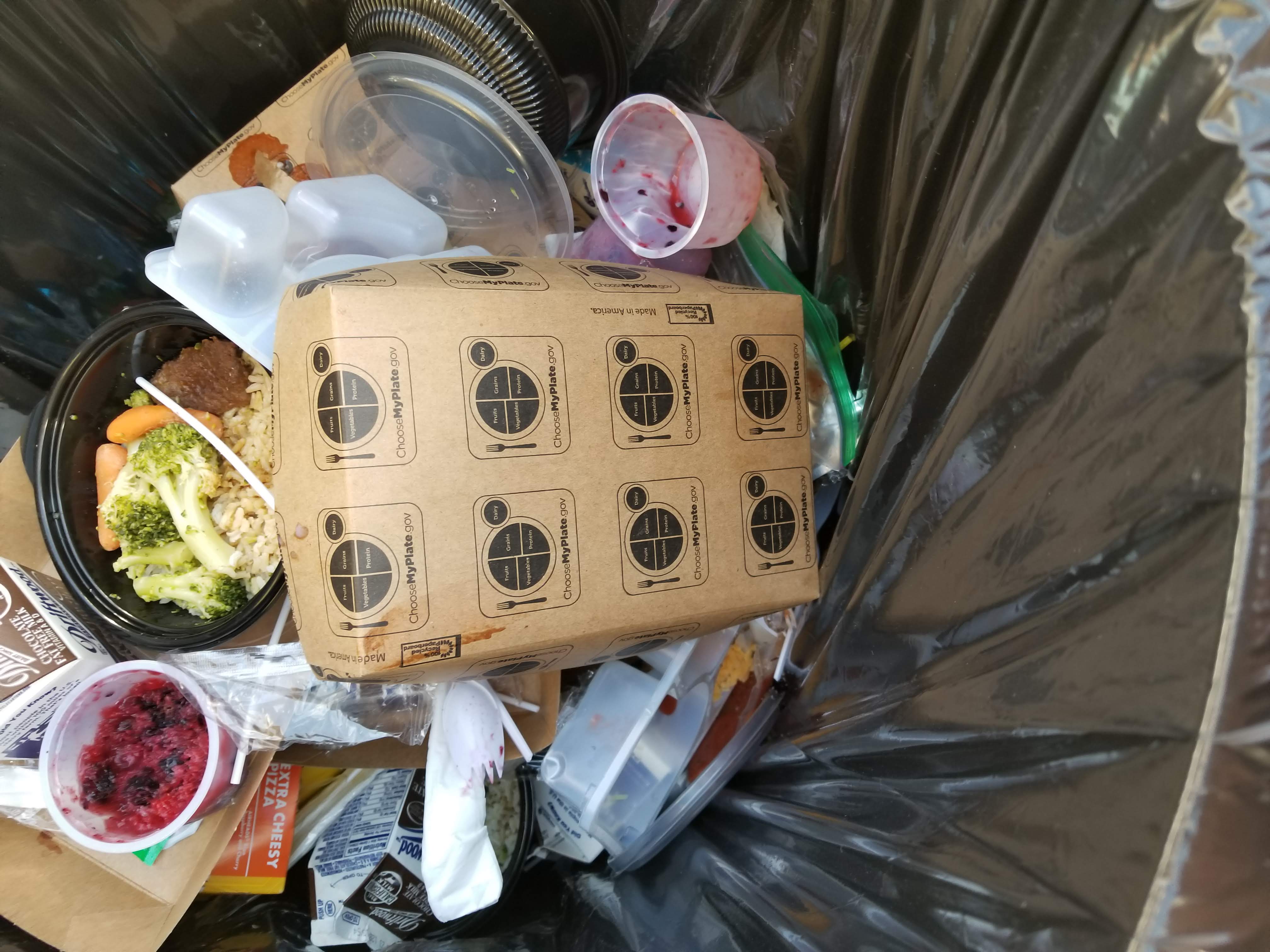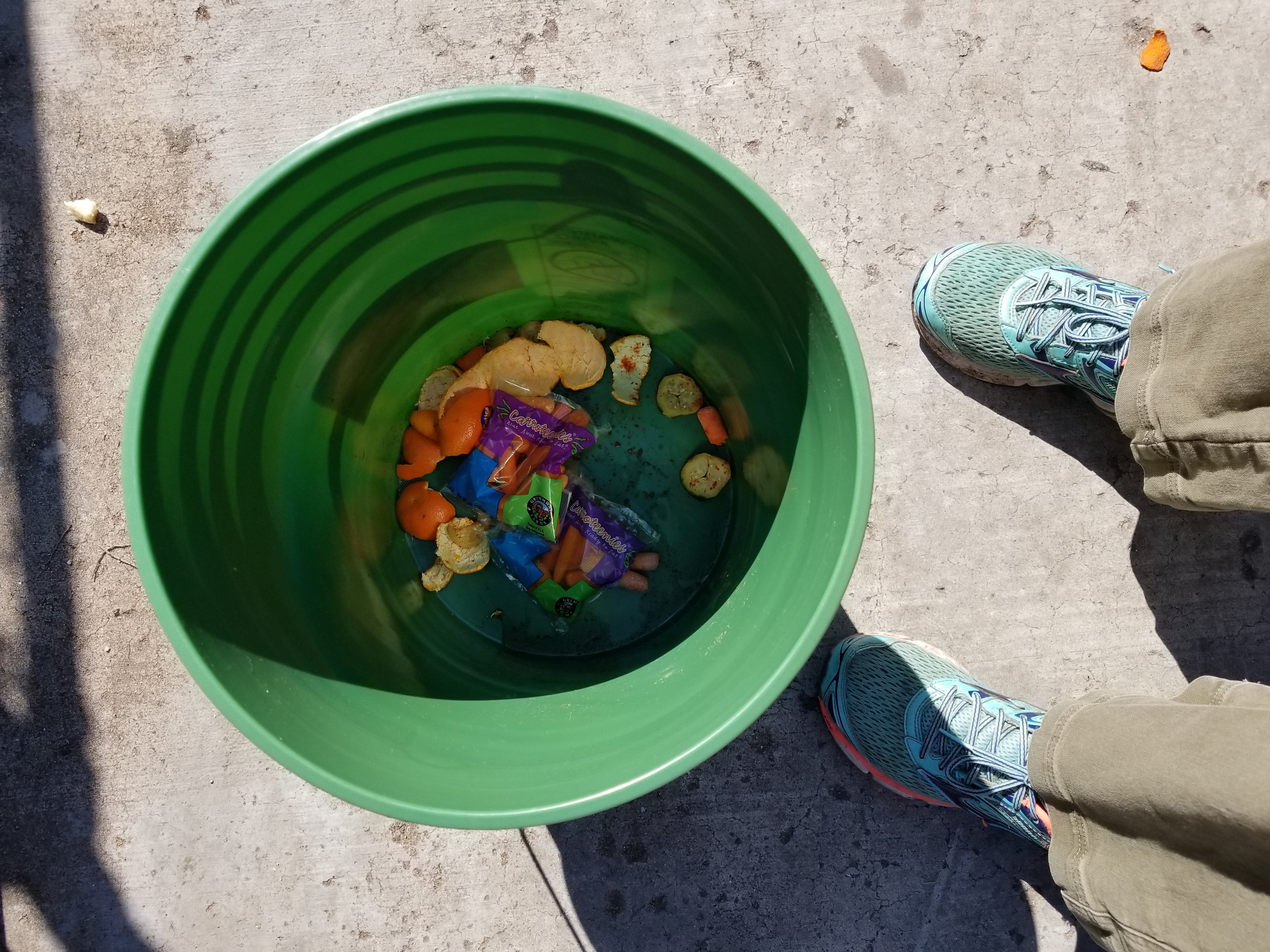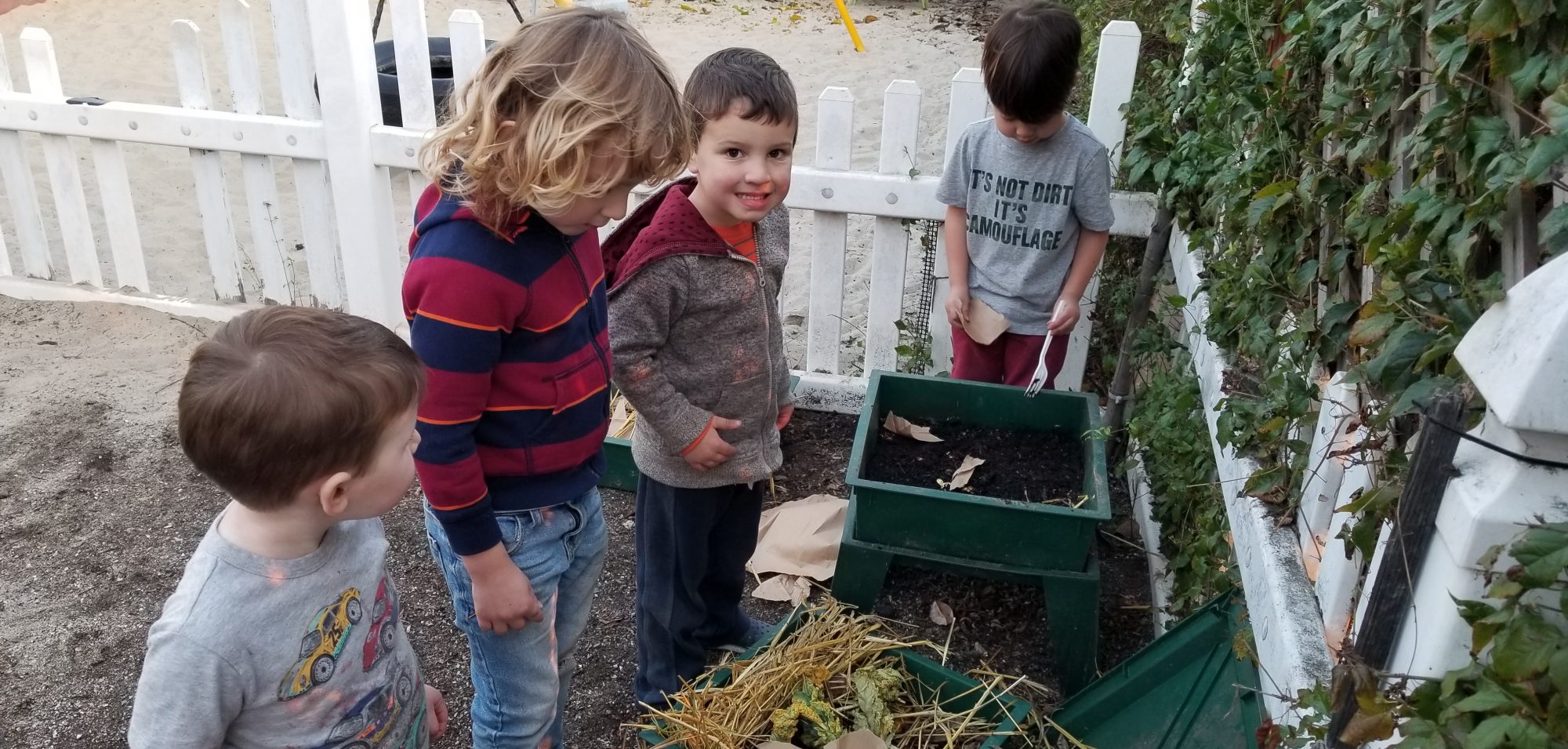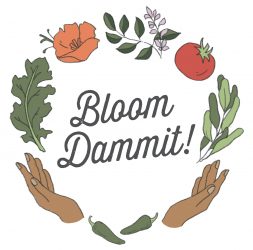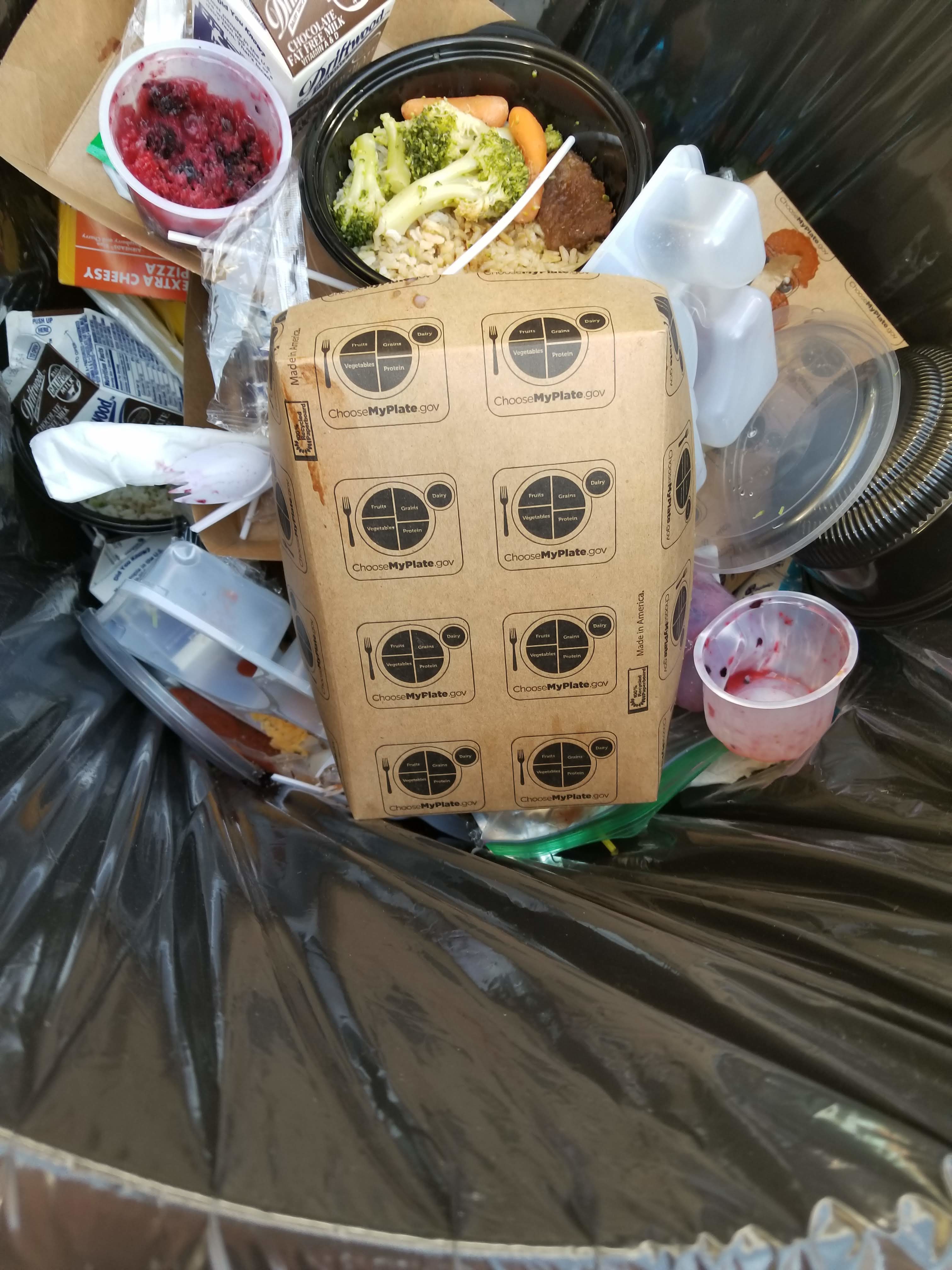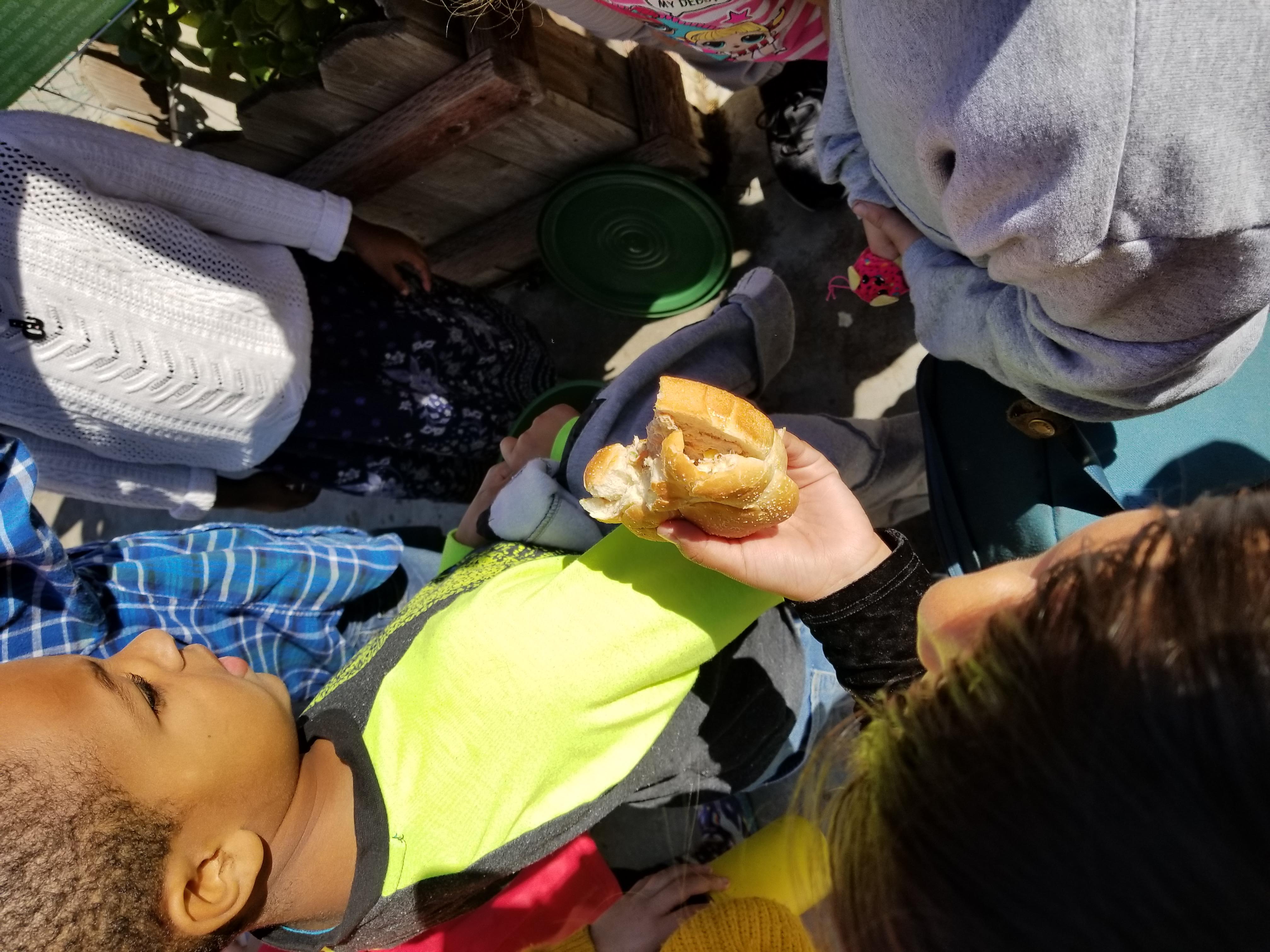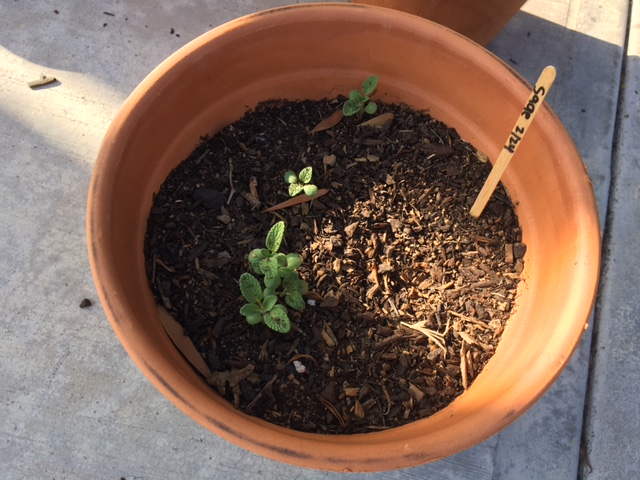Over the last few months, I’ve been composting at Micheltorena Elementary. I work as a school garden ranger, and people drop off compost. I turn the pile, get the kids involved and discuss nitrogen and carbon balance.
The hardest thing to accept has been, why won’t the school compost? I’ve been looking at the lunch menu and although not all the items can be broken down, some can be.
I often teach kids about growing our own food, permaculture, sustainability and zero-waste but all of that is pointless is we don’t teach by doing.
As of last week, I’ve been able to work hand-in-hand with the principal at this school to establish a small, 5-gallon compost bucket. Disclaimer, I work for Enrich LA, and this is an initiative for us as employees. My challenge isn’t the support, believe me I have it, but I need to figure out ways to get other people truly excited and engaged in this next endeavor.
I’m attaching a file, with my plans on what I intend to do, and what has been implemented – in hopes that it will inspire you or inspire others to take the leap and compost at your neighborhood school.
We are in the implementation phase, so far we’ve collected a few pounds of organic waste. We’ve added it to the pile and used the paper plates (non-waxed) to balance the nitrogen and carbon.
I’ve included some pictures here, but the value is in the plan. Please credit me if you’d like to use it.
